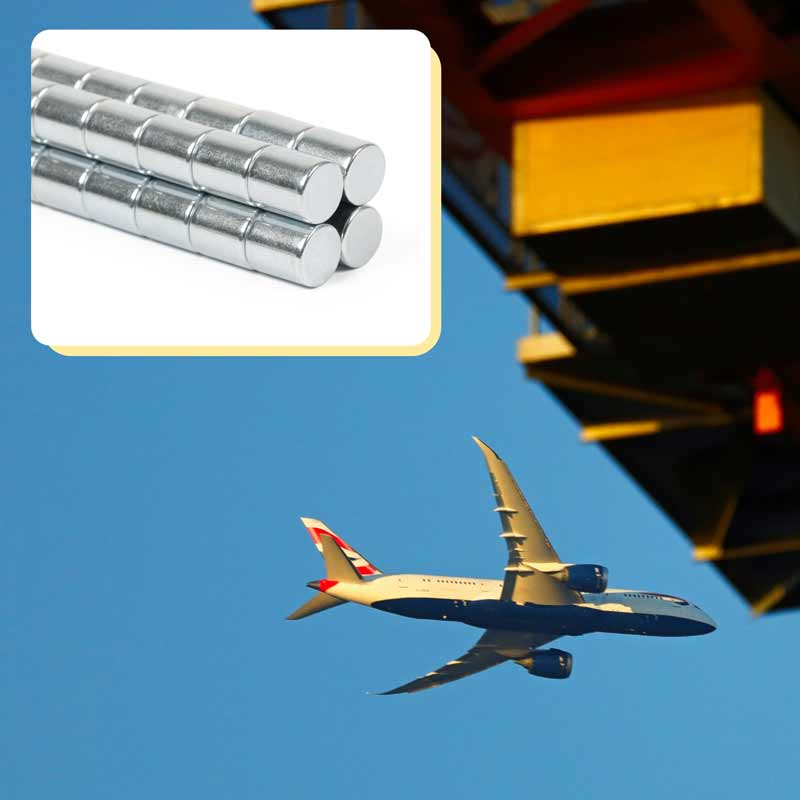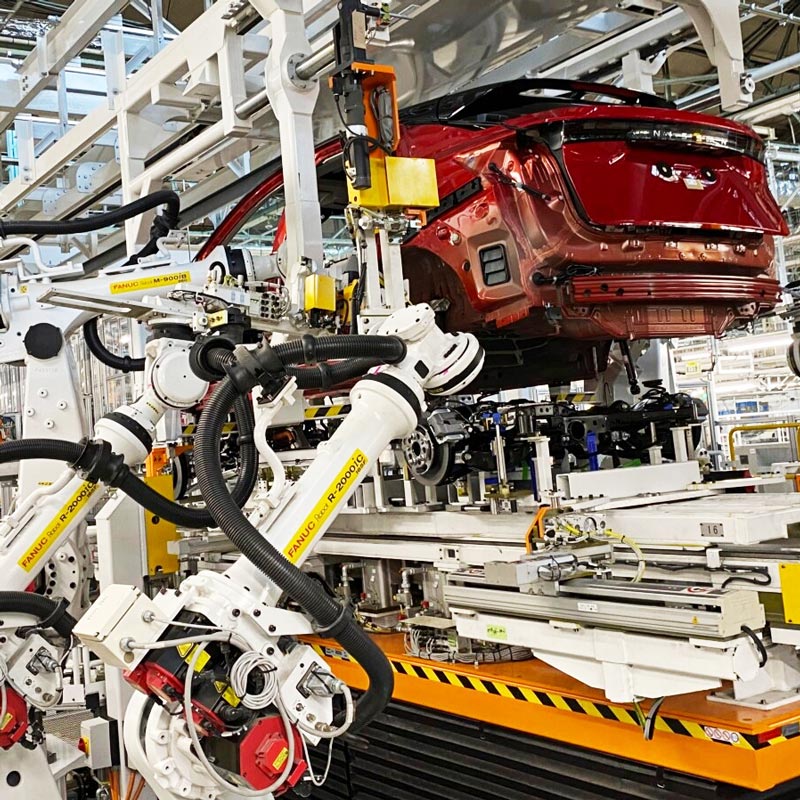CHINA STOPS EXPORT OF RARE EARTH METALS – We are in continuous contact with our suppliers in China and, in consultation with them, have concluded that HYAB is not affected by the export ban at this time.
Blog page
Recent Post

Published: 2025-05-21
Magnets in Restaurant Kitchens

Published: 2025-05-16
Global supply challenges and HYAB’s role

Published: 2025-05-13
Electromagnets – a more controllable magnet

Published: 2025-05-09
Magnetic filtration in the process industry

Published: 2025-05-06
Sheet metal handling – Easier with magnets

Published: 2025-04-15
![]() Daniel Gårdefelt
Daniel Gårdefelt
China halts exports of rare earth metals
Over the weekend, news broke that China has halted the export of certain rare earth metals, pending the introduction of new regulations in respon...
Show more >
Published: 2023-02-28
![]() Daniel Gårdefelt
Daniel Gårdefelt
A closer look on magnets in the automotive industry
Magnets are a key component of many modern automobiles, with applications ranging from power generation and fuel efficiency to safety systems and...
Show more >
Showing 1 to 1 of 2 (1 Pages)

